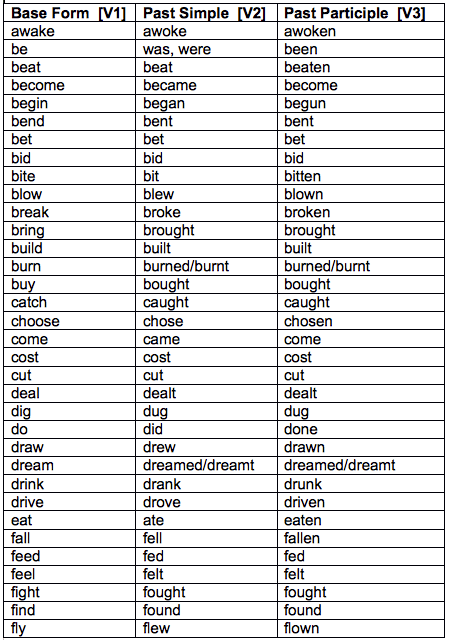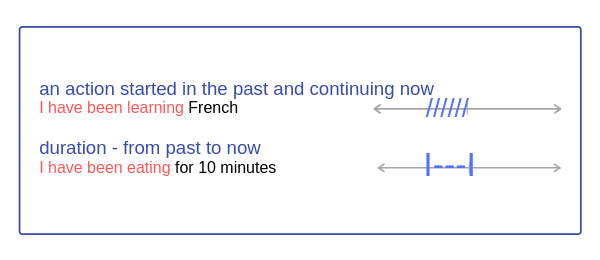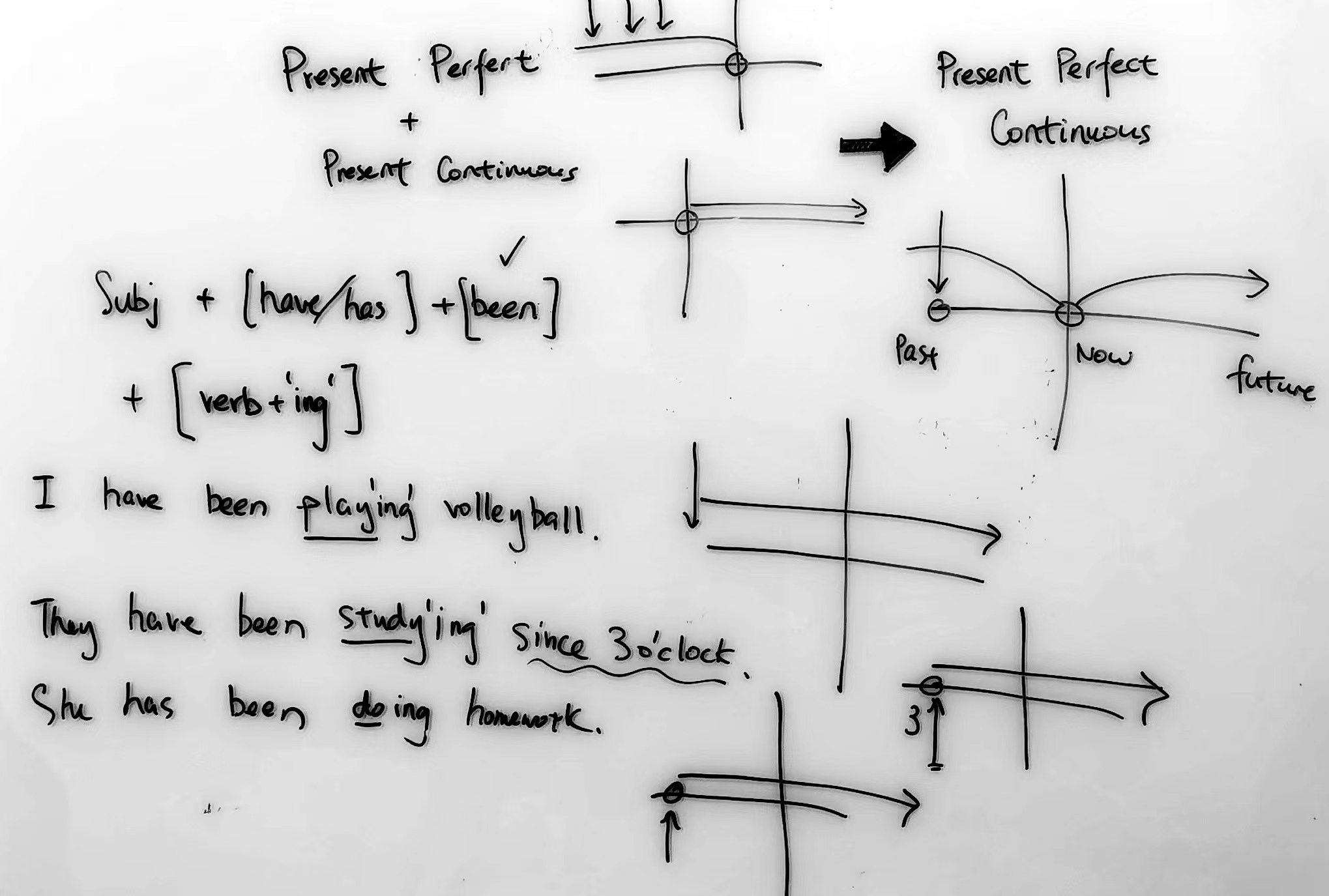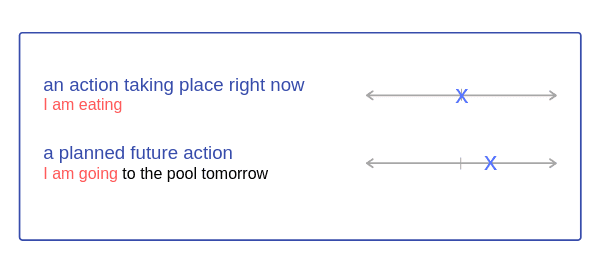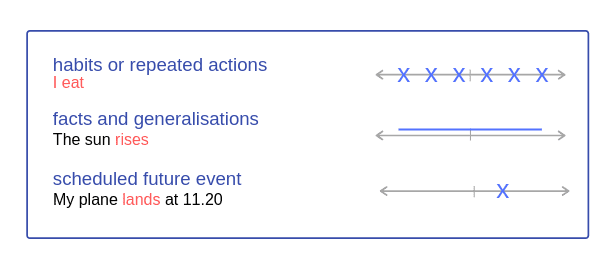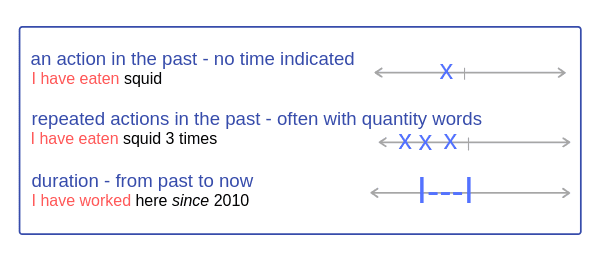ref – https://www.grammarly.com/blog/irregular-verbs/
Irregular verbs are verbs that do not follow the normal patterns for tense and past participle. While most English regular verbs use the ending “-ed” for the past tense and participle forms, irregular verbs each have their own unique tense forms and past participles.
Irregular verbs are one of the hardest parts of the modern English language because they’re all a little different. Since there’s no formula, English speakers have no choice but to memorize each one, along with their special verb forms.
What are irregular verbs?
You could say irregular verbs are verbs that “follow their own rules.” Regular verbs follow the standard grammar rules of modern English in adding “-ed” or “-d” to form the past tense and past participle forms. Irregular verbs, however, use completely original words for their different verb forms when they’re the main verb of a sentence. (Just a reminder: The past participle is the form used with the present perfect tense.)
To show you what we mean, let’s “dance” and “sing!” This pair is a good example to see the differences:
“dance” is a regular verb,
but “sing” is an irregular verb.
To conjugate “dance,” there’s no big surprise or trick; you just use the same formula as with most other verbs. To create both the simple past tense and past participle forms, you simply add “-ed,” or in this case only “-d” because the base form ends in e already.
Base – dance
Simple Past Tense – danced
Past Participle – danced
“Sing,” however, is irregular, so the normal rules don’t work. You can’t use “singed” because that’s an incorrect form for this verb.
Instead, “sing” has both a unique past tense and also a unique past participle form. The only way to know how to conjugate “sing” is to memorize its special forms.
Base Simple – sing
Past Tense – sang
Past Participle – sung
In practice, you end with conjugations like these:
We sang and danced all night.
I have sung opera before, but I have never danced to it.
She prefers music sung by professionals.
The simple present tense is conjugated the same no matter whether the verb is regular or irregular. This includes adding an “-s” or “-es” for the third-person singular. Be aware that certain exceptions, like the verb “be,” have special present tense forms as well.
Base Present Tense Simple Past Participle Past Participle
be am, is, are was, were been
Like “be,” quite a few other linking verbs are irregular as well, such as “become” and “feel.” Also, irregular verbs can be either transitive or intransitive verbs and can still be used as imperative verbs.
Strong vs. weak verbs
Irregular verbs and regular verbs are often confused with strong verbs and weak verbs, although they are very similar.
Strong verbs are any verb that changes its vowels in the past tense, like how the i in “sing” changes to an a for the past tense.
Weak verbs, on the other hand, keep their vowel the same in the past tense, like the a in dance.
With these rules in mind, we can see that all strong verbs are irregular. The confusion comes with weak verbs, because some weak verbs are irregular, too. One of the most common examples of an irregular weak verb is “sleep”:
Base Simple Past Tense Past Participle
sleep slept slept
Although “sleep” has its own special past tense and past participle forms (“slept”), it still keeps e as the main vowel, making it a weak verb.
Likewise, irregular verbs that don’t change at all, like “bet” or “spread,” are also weak. You can find a full list of irregular verbs that don’t change below.
List of irregular verbs in English
Want a list of irregular verbs in the English language? Below we list the common irregular verbs to help you study and provide a quick-reference resource in case you forget one later (note that the past tense verbs in the chart below are shown in American English forms; there are some differences in British English).
Instead of listing the irregular verbs in each of their verb tenses, we only mention the simple past tense and past participle forms, along with the base. Any verb conjugation you do will use one of those three forms.
Please note irregular verbs that take a prefix (e.g., “resell” or “undo”) use the same irregular forms as their base word (e.g., “resold” or “undid”).
Also, you’ll notice that some irregular verbs don’t change at all—the base, simple past tense, and past participle forms are all the same word. We discuss this type of irregular verb in the next section.
| Base |
Simple Past Tense |
Past Participle |
| arise |
arose |
arisen |
| awake |
awoke |
awoken |
| be |
was/were |
been |
| bear |
bore |
borne |
| beat |
beat |
beaten |
| become |
became |
become |
| begin |
began |
begun |
| bend |
bent |
bent |
| bet |
bet |
bet |
| bind |
bound |
bound |
| bid |
bid |
bid |
| bite |
bite |
bitten |
bleed bled bled
blow blew blown
break broke broken
breed bred bred
bring brought brought
broadcast broadcast broadcast
build built built
burst burst burst
buy bought bought
cast cast cast
catch caught caught
choose chose chosen
cling clung clung
come came come
cost cost cost
creep crept crept
cut cut cut
deal dealt dealt
dig dug dug
dive dove/dived dived
do did done
draw drew drawn
dream dreamed (sometimes “dreamt”) dreamed (sometimes “dreamt”)
drink drank drunk
drive drove driven
eat ate eaten
fall fell fallen
feed fed fed
feel felt felt
fight fought fought
find found found
flee fled fled
fling flung flung
fly flew flown
forbid forbade forbidden
forget forgot forgotten
forgive forgave forgiven
freeze froze frozen
get got got
give gave given
go went gone
grind ground ground
grow grew grown
hang hung (sometimes “hanged”) hung (sometimes “hanged”)
have had had
hear heard heard
hide hid hidden
hit hit hit
hold held held
hurt hurt hurt
keep kept kept
kneel knelt knelt
know knew known
lay laid laid
lead led led
leave left left
lend lent lent
let let let
lie (as in “lie down”) lay lain
light lit/lighted lit/lighted
lose lost lost
make made made
mean meant meant
meet met met
mistake mistook mistaken
mow mowed mown/mowed
overtake overtook overtaken
pay paid paid
proofread proofread proofread
put put put
quit quit quit
read read read
reset reset reset
ride rode ridden
ring rang rung
rise rose risen
run ran run
say said said
see saw seen
seek sought sought
sell sold sold
send sent sent
set set set
sew sewed sewn/sewed
shake shook shaken
shave shaved shaven
shed shed shed
shine shone shone
shoot shot shot
show showed shown
shrink shrank shrunk
shut shut shut
sing sang sung
sink sank sunk
sit sat sat
slay slew slain
sleep slept slept
slide slid slid
sling slung slung
sneak snuck (sometimes “sneaked“) snuck (sometimes “sneaked”)
sow sowed sown/sowed
speak spoke spoken
speed sped sped
spend spent spent
spill spilt/spilled spilt/spilled
spin spun spun
spit spat spat
split split split
spread spread spread
spring sprang sprung
stand stood stood
steal stole stolen
stick stuck stuck
sting stung stung
stink stank stunk
strike struck struck
string strung strung
strive strove striven
swear swore sworn
sweep swept swept
swell swelled swollen/swelled
swim swam swum
swing swung swung
take took taken
teach taught taught
tear tore torn
think thought thought
throw threw thrown
thrust thrust thrust
tread trod trodden
understand understood understood
upset upset upset
wake woke woken
wear wore worn
weave wove worn
weave wove woven
weep wept wept
wet wet/wetted wet/wetted
win won won
wind wound wound
wring wrung wrung
write wrote written
Common irregular verbs that don’t change
Most verbs, both regular and irregular, have different verb forms for different tenses. We add letters or change the spelling to aid communication; it helps the listener or reader understand whether you’re talking about the present, past, or future.
However, certain verbs don’t change verb forms at all. They use the same word and same spelling for the present, past, and past participle forms. Because these words don’t follow the normal rules, they’re also considered irregular.
You can find these words in the chart above, but to speed up your search we’ve also included them in the list below:
bet
bid
broadcast
burst
cast
cost
cut
hit
hurt
let
proofread (see “read”)
put
read (past and past participle are spelled the same but pronounced differently)
reset
set
shed
shut
split
spread
thrust
upset
wet
